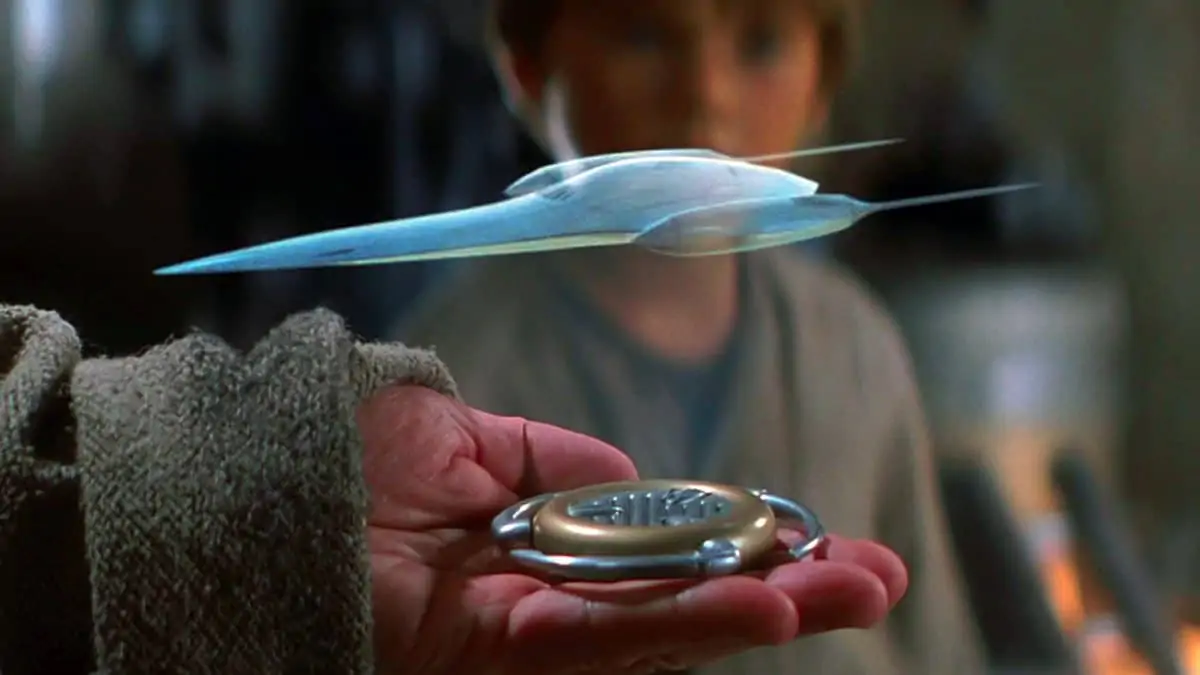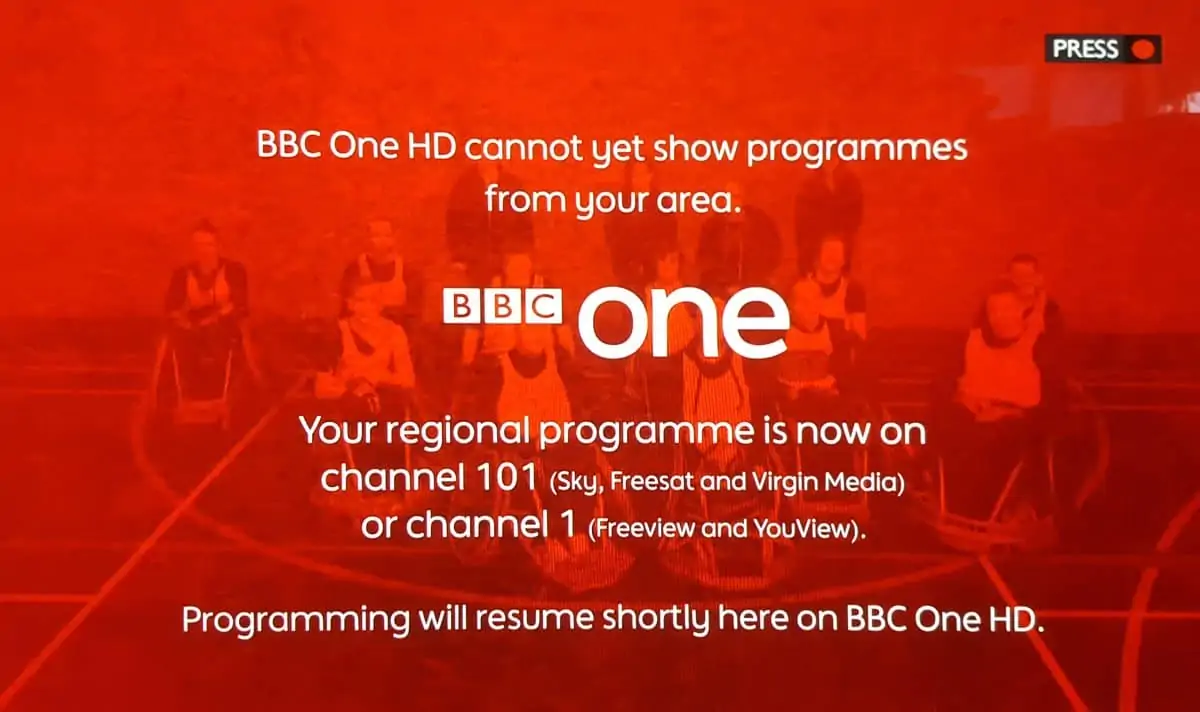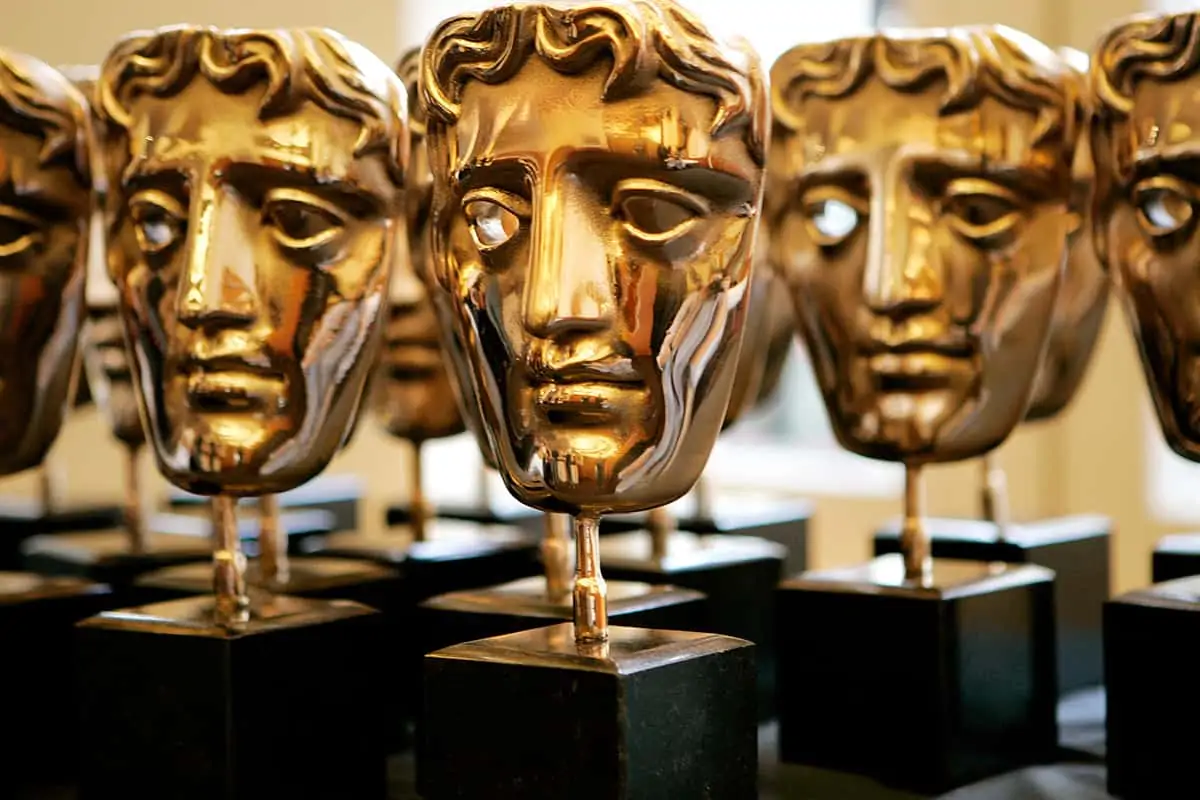What has space travel ever done for us?
GBCT News / John Keedwell

What has space travel ever done for us?
GBCT News / John Keedwell
Question: What do the following films have in common? Men In Black, Event Horizon, The Full Monty, LA Confidential, Seven Years In Tibet, Boogie Nights, Good Will Hunting, Titanic and Amistad.
Answer: they were all released to the cinema-going audience in 1997. I hear you mutter. "So what?"
Well, exactly 20 years ago this October is also the time Cassini, the NASA space probe, was launched and subsequently able to send back those magnificent pictures of the planet Saturn, Jupiter and Saturn's moons. There were actually two cameras installed on the probe, and at the heart of each camera is a charged coupled device (CCD) detector consisting of a 1,024 square array of pixels. Let me say that again: 20 years ago the very best sensor NASA could source or produce for a space mission was a square, 1Megapixel camera. The cameras needed to be ruggedized for the space mission, of course, as it took 7 years in the incredibly harsh space environment to even get to Saturn! This was the pinnacle of scientific technical ability at the time for camera technology, and it shows us how far we have advanced in camera technology within that short timeframe.
I realise there are some inventions that seem to have been around for a long time, yet when we look when they were actually introduced it is quite a surprise they are so relatively new. For example, the original ARRI D20 was rightly seen as a true pioneer in digital cinematography, and has since developed into the Alexa, of course. Yet this was only introduced as recently as 2005. Then came the first Red camera, called the Red One, with the first customer delivery back in August 2007, just ten years ago.

In the same year the very first iPhone was released to an adoring audience by Steve Jobs, and the camera in the first iPhone was a mere 2Megapixel camera. Admittedly this was a phone that happened to have a camera included. Who would have thought that would catch on? Since then we have recently had the announcement that the new Red Hydrogen One smartphone will be available in 2018. In classic Red style, the phone will be radically different, with a holographic display the viewer can see 3D content on without the use of glasses or a headset. It will also come in a modular form, much like the current range of Red cameras. There will be attachments for shooting higher quality motion and still images, and the phone can have different modules added to it for different uses. Details of the phone are limited at the moment, yet some prototype pictures have been released showing interesting design ideas. I am sure there will be a movie produced on it before too long!
It is often government-funded space travel and the military who constantly push the boundaries of technology, and intrepid entrepreneurs such as Jim Jannard from Red who will push the limits from a private level too. Cameras have become smaller and lighter in a rapid timescale, with the exciting possibilities this produces for the filmmaker. For example, the ability to fly an 8K-capable Red camera, suspended from a relatively light drone is now a reality. Yet only 10 years or so ago 4K cameras did not even exist.
We seem to heading towards a high pixel count future for everything, and this is an interesting development strategy. With a HD resolution cinema camera capable of incredible images, where does higher resolution take us, apart from higher data rates needing to be recorded, higher resolution camera lenses and bigger storage devices? What can our eyes actually resolve to make the higher resolutions discernible from a lower resolution image?

As ever, the answer isn't easy. A human eye doesn't work exactly the same as a camera, although there are very close correlations, as cameras are modelled on the way an eye sees the world around us. For example, the camera essentially records the whole frame in full resolution in the entirety, and the camera outputs data that is recorded as strings of frames. Yes, there are now different compression methods involved, of course, where some information is thrown away to make the file sizes smaller and more manageable to record and store. In a way, the human eye works in a similar, but uniquely different way, that is crucial to understand if Megapixels are to be seen as the Holy Grail.
Each human eye is essentially a low-resolution camera with a big hole at the back where the optic nerve takes the data out of the eye for the brain to process. The eye sees a very small circle in the centre as high resolution (approximating to 7Megapixels) and the rest of the scene is very low resolution, about 1Megapixel. The fovea is the pit on your retina that receives light from the central two degrees of your field of view. This is about the area covered by both your thumbs when held at arms length away. Optimal colour vision and 20/20 acuity are only possible within that little area.
If you bought a camera with only the very central part sharp and the rest as a blurry low-resolution picture, with a big gaping hole blind-spot in the middle of the picture, we would quickly hand it back for a refund! The eye and brain co-ordination merges the two separate eyes into a perceived 3D image.
What the eye does differently is scan the scene all over and creates the detail from what it sees in the centre. This means we see most things effectively like a CGI representation, and is not reality at all. One single human eye image is high definition at the centre, yet much lower resolution for the vast majority. The ability to scan an image and build up the picture is more akin to say an IMAX frame, where the viewer is allowed more time to look around the scene, with a much more leisurely editing style.
However this is not the full story, our eyes have a fantastic dynamic range, and can see in moonlight and the brightest sunlight, albeit the very low level light is only perceived in monochrome. This is a bit like an image intensifier seeing in monochrome.
"I feel a revamp of the whole cinema experience needs to catch up, otherwise it could lose a vast audience to home theatre style 4K cinema. Perhaps cinemas need to look at making the whole experience more welcoming, and more people would be attending cinemas for the future."
- John Keedwell GBCT
The quest for 8K and beyond is fantastic, as the boundaries of science and technology are being pushed further. It would be great to see an 8K camera do the same Saturn mission, and further out, but by the time it got there an 8K camera would probably be old news!
The limits of the human eye are the limiting factor in where this ends up. If we literally cannot see the difference when we sit down to watch the movie, and it costs many times more to produce, why go down that route?
It might be more relevant to use the budget to increase the pay standards to camera crews, as mentioned in the previous opening article by Tim Potter, the chair of the GBCT. Or perhaps put more investment into training good people for the future, as the UK is now realising training has been lacking over many years, and there are skills gaps in our current workforce. In motorsport, if you stay still with your development you go backwards in relative terms to other teams. Training is vital if we are to stay at the front of the opposition, and keep the reputation for the very best technicians in the world. There are excellent GBCT training courses available for booking now on a variety of subjects, and they can be seen at https://www.gbct.org/courses

Cinema needs to catch-up
Technology is changing many areas of business at a rapid rate, and the quest for more pixels in a viewing screen is technologically possible, yet this brings with it additional costs of production. Make-up, hair, costumes, set design all need to be supremely produced, and there is no second best. Whilst many people view cinema as an experience, and an evening out, many movies are now viewed on a TV at home, with all the distractions that brings. With a few 4K DVD players from Panasonic, Samsung and others, and large affordable 4K televisions now available for domestic use, the home viewing theatre is now becoming a reality. The main issue with this is the fact that 1920 HD TV still hasn't been fully rolled-out to all broadcast TV programmes. The local news on the BBC is a classic example, we have to change over channels to see the news, as it is not yet transmitted in HD! With this in mind, what chance has 4K got in the home, other than the playing more movies on a 4K player? Not a bad thing, in many ways, as the experience will be all the bigger, and more of an event, just like it should be when viewing a movie.
Where the resolution of cameras will be in another ten years is anyone's guess, and 16K is already on the cards for the near future. Recording the data is not as big an issue as it was even a few years ago, when many people were more than sceptical about the Red Camera Company's ability to make a credible 4K camera. Yet they did, and made great waves in the business when the Red One appeared a decade ago. Red continues to shake up the market and push the boundaries of quality Ultra High definition cameras into the future.
Yet, unless the majority of the TV population is 4K-enabled, and all TV transmissions are available in 4K, the only option to see the full splendour of our hard work will be seeing it viewed in the cinema. I feel a revamp of the whole cinema experience needs to catch up, otherwise it could lose a vast audience to home theatre style 4K cinema. The hot-dog / burger and slurpy drinks are American imports, and often the cinema is way too cold or boiling hot here in the UK – unless you are a BAFTA member or have other cinemas who take the presentation as seriously as the filmmakers. But going to see a movie in an L.A. cinema is not like that, it's a civilised affair, and the audience feels welcomed when they arrive. Perhaps cinemas need to look at making the whole experience more welcoming, and more people would be attending cinemas for the future.




